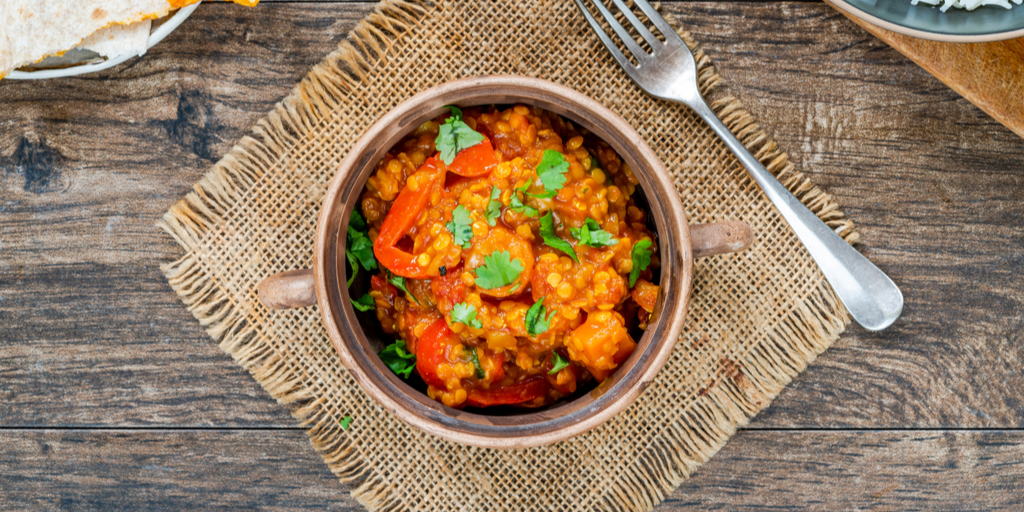In the world, India is the second most populated country, fourth largest economy, the biggest democracy and an emerging economic superpower. Asian Indians in the U.S have lower rates of obesity than the rest of the population. The risk for insulin resistance and diabetes increases at a lower BMI in Indians and other Asians than in people of European descent. The BMI cut off for Asian Indians is 23, compared to 25 for Caucasians. The WHO defines a normal BMI for Asians as between 18.5-22. Incidence of cardiovascular disease (CVD) and diabetes is steadily increasing among this population in the U.S.

As a registered dietitian of Asian Indian descent, I am frequently asked about making heart-healthy lifestyle changes and offer heart-healthy education and counseling tips for south Asians on a regular basis. This article shares some of those general nutritional counseling tips.
Traditional Indian dishes include grains cooked with vegetables, legumes cooked with vegetables, milk products combined with vegetables or fruits, and grains combined with meat, poultry or seafood. Many of such traditional dishes are high in fat, sugar or salt.
It is recommended to choose fiber-rich whole grains more often such as quinoa, millet, whole wheat flour based chappatis/rotis, steamed brown or wild rice vs high fat breads such as parathas (made with oil), puris (deep fried) or naan, pulav, biryani or fried rice.
Choose starches such as baked potatoes, plantains, steamed idlis, dosas cooked with minimum oil or home-made high fiber cereal roasted chevda. Limit other starches such as fried potatoes, plantains, idlis/dosas topped with ghee or butter or fried chevda. Choose fresh fruit over canned fruit. Choose vegetables cooked with minimum oil or stir-fried vegetables and mixed vegetable koottu with less coconut. Limit creamed, gravied or fried vegetables such as dal makhana or navratna korma and dishes like aviyal with a lot of coconut.
It is healthier to choose more often lentils and daal cooked with minimum oil vs creamed or fried daal cooked with more oil. Choose baked, grilled or steamed fish, chicken or lean meat vs fried alternatives. Choose low fat paneer or extra firm tofu and low-fat ricotta cheese over regular versions of paneer or cheese. With the dairy group, it is wise to choose more often of non-fat or 1% milk and its products, fat free yogurt or raitha with cucumber or tomato, vs whole milk, 2% milk or its products or raitha made with sour cream and fried boondhi. It is also good to avoid mango or sweet lassi or full-fat buttermilk and to choose low fat buttermilk instead.
Fats such as butter, ghee, cream or half and half, margarine, coconut oil or vegetable shortening are not heart-healthy items. Choose instead – trans-fat-free tub margarines, canola or olive oils, and nuts such as almonds, peanuts, etc.
Heart health is especially important with the presence of diabetes. Other heart-healthy eating habits include – choosing omega-3 fat rich fish such as salmon, tuna, herring and mackerel, choosing high fiber foods like fruits, vegetables, whole grains, nuts and seeds and lentils and legumes. Eating less sodium for people with high blood pressure maybe helpful. Flavoring foods naturally with spices, herbs and masala-blends, lemon, lime, freshly grated garlic and ginger, etc are also other ways to lower salt intake.
References:



Leave a Reply
You must be logged in to post a comment.